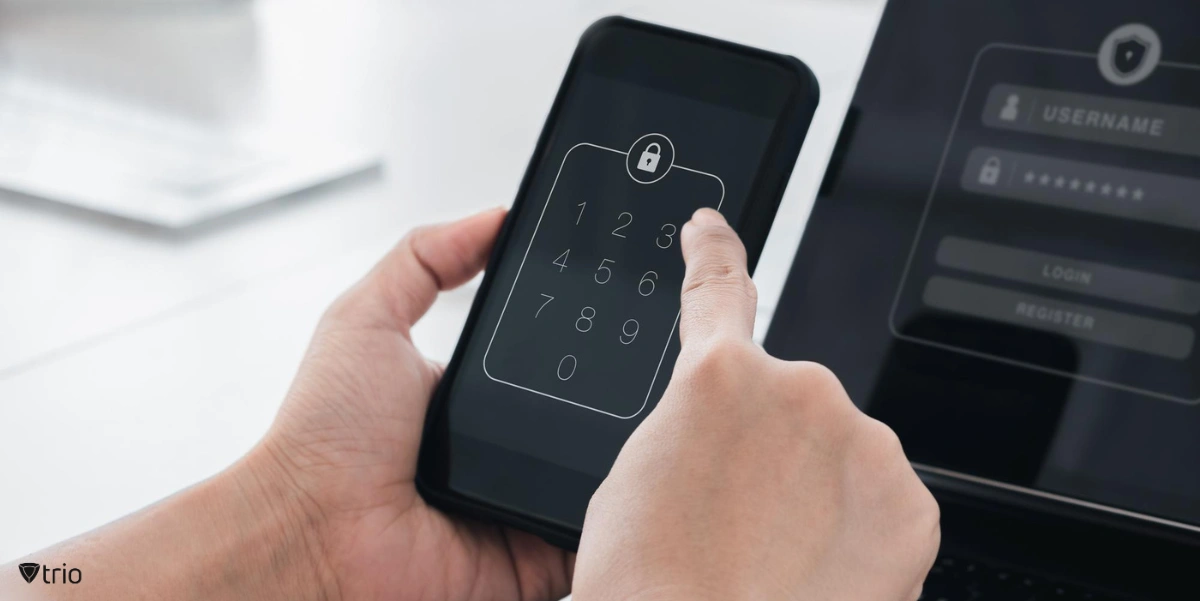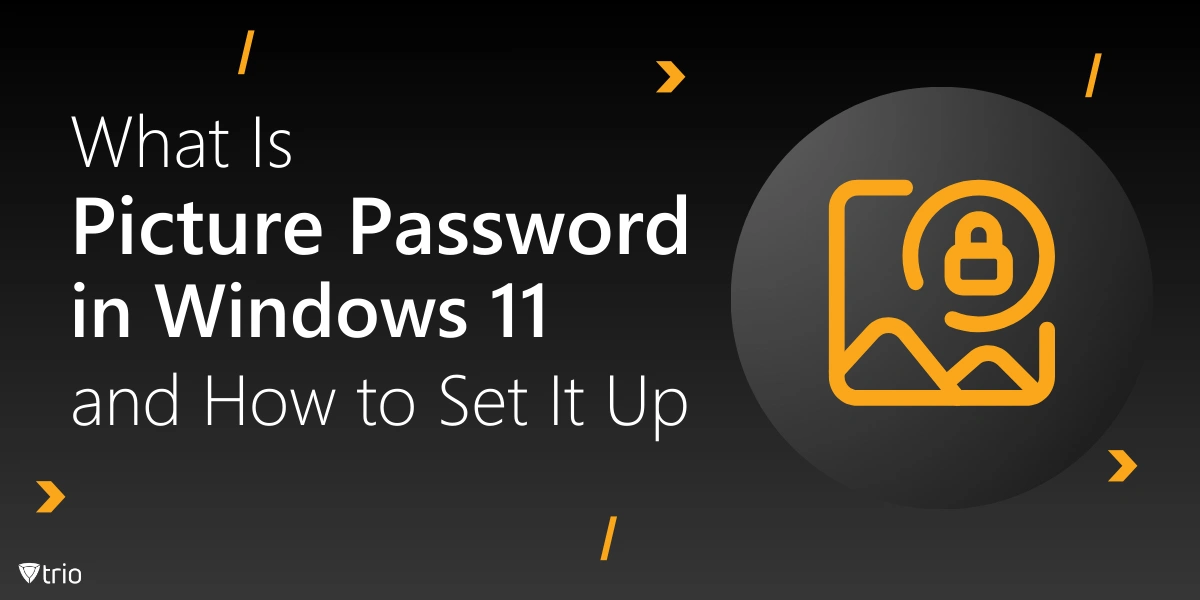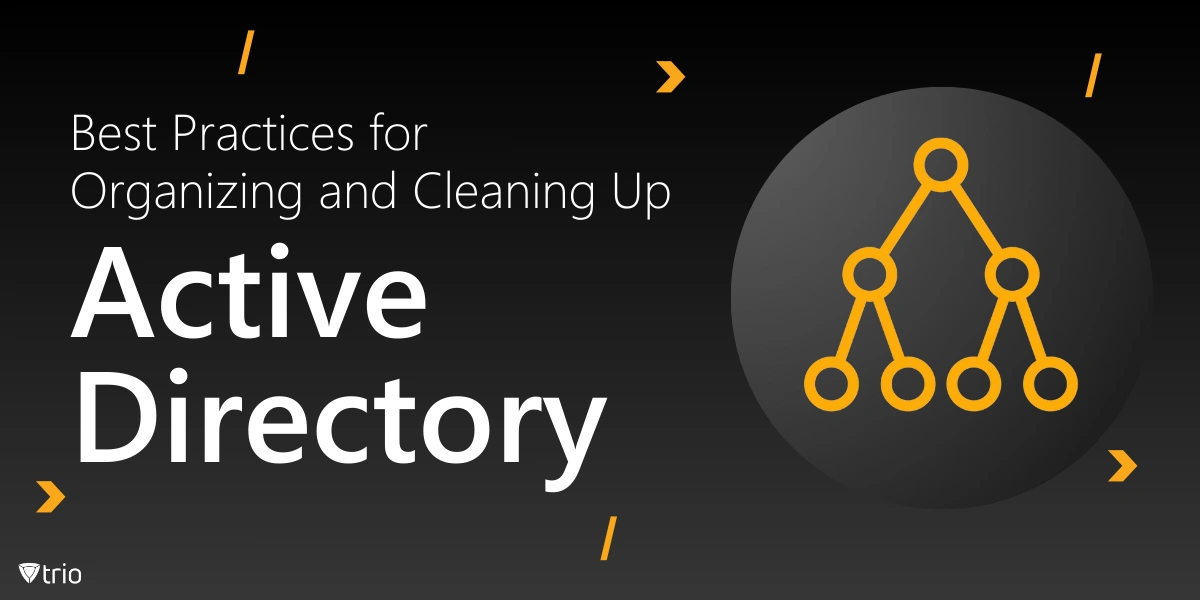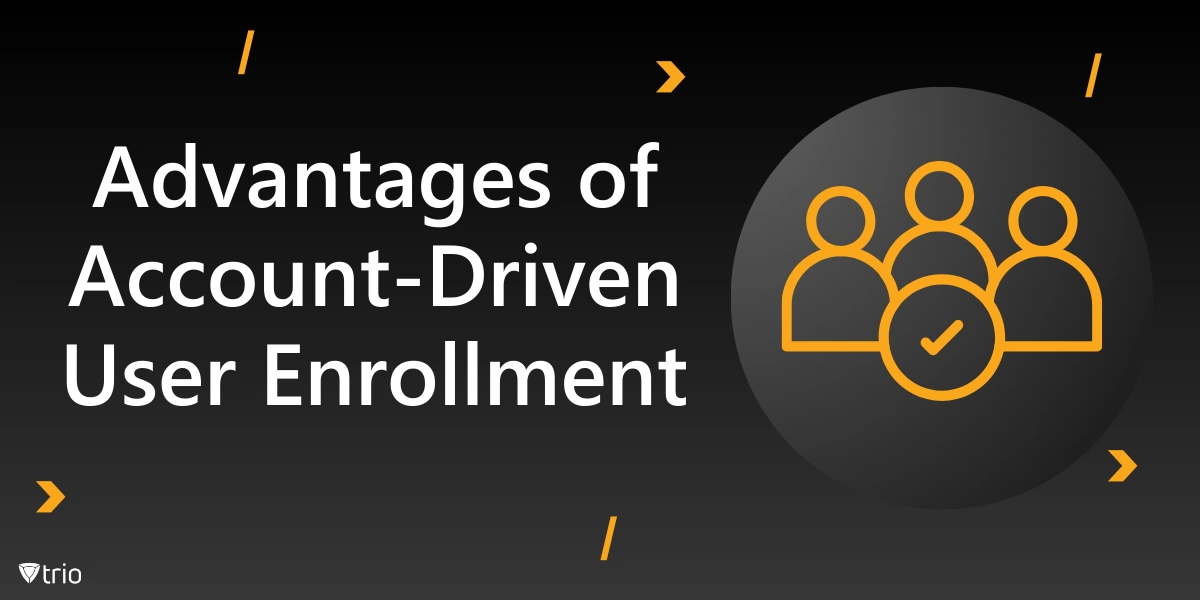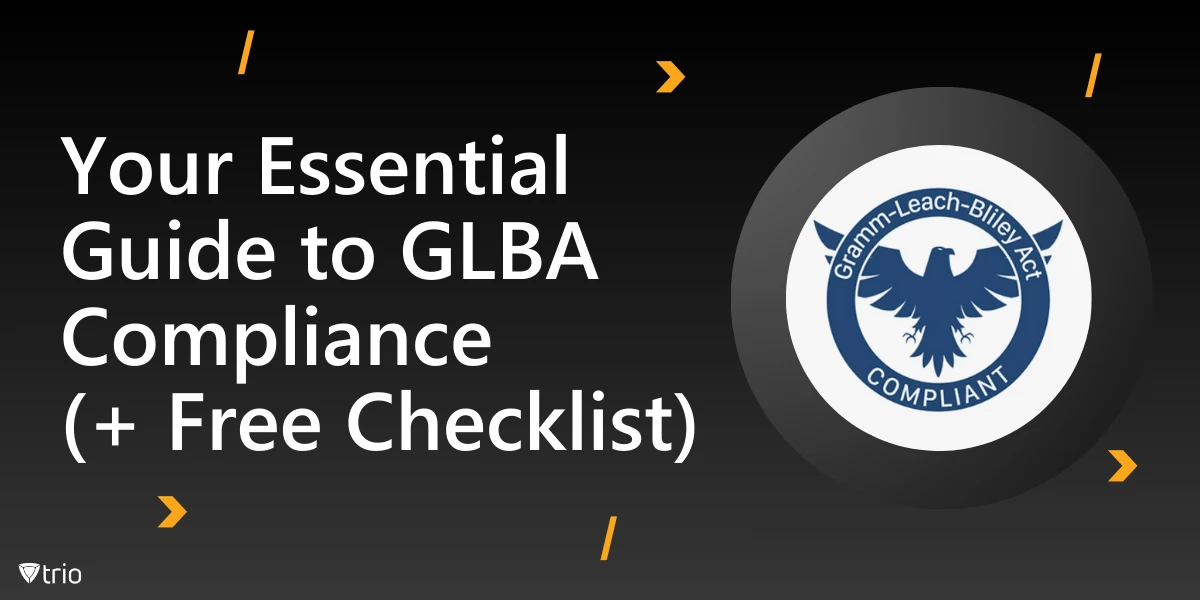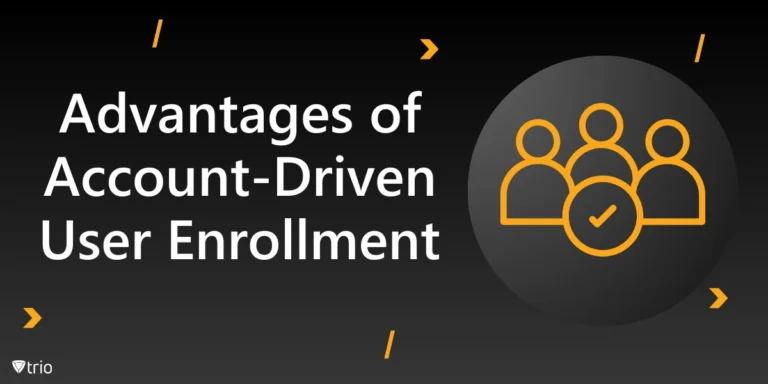In today’s hyper-connected world, the security of mobile devices is a non-negotiable aspect of any organization’s operational framework. Mobile Device Management, or MDM, stands at the forefront of this security initiative, providing a robust system equipped to manage and secure mobile devices across various platforms. Leveraging the power of dedicated software solutions and implemented corporate policies, MDM systems streamline operational efficiency and bolster security measures. At the heart of MDM, device remote locking—a feature paramount in mitigating risks associated with the loss or theft of devices—emerges as an essential tool.
For you, as IT administrators and organizations, understanding the intricacies of MDM and the pivotal role of device remote locking is essential. Remote locking not only safeguards sensitive data but also maintains the sanctity of your digital ecosystem. MDM systems operate on a client-to-server architecture, where mobile devices act as clients, allowing for centralized management either via on-premises solutions or cloud-based SaaS MDM systems. The inclusion of this capability in an MDM strategy ensures not only security but also control, compatibility, and comprehensive monitoring of device performance. Specifically, the adoption of a solution such as Trio MDM can offer a tailored approach to device management, ensuring that your device has been remotely locked whenever necessary, reducing the risk of data breaches, and supporting compliance with data protection regulations. As we delve into this article, you will discover the critical importance of device remote locking and how technologies like Trio MDM can streamline this process, delivering peace of mind and enhanced security for your mobile device fleet.
Understanding MDM and Device Remote Locking
Mobile Device Management (MDM) is a cornerstone of modern enterprise security, providing the tools necessary for IT administrators to ensure that devices used for work are secure, monitored, and managed effectively. The implementation of MDM software is a proactive step in safeguarding corporate data and maintaining control over the digital assets of a company. Here’s how MDM and device remote locking function as integral components of a secure mobile strategy:
Comprehensive Device Management: MDM solutions offer a centralized approach to managing both company-owned and Bring Your Device (BYOD) policies, ensuring that all devices adhere to the company’s security protocols. This includes the ability to manage and secure employee devices, which is crucial in today’s environment where remote work is prevalent.
Remote Locking as a Security Enforcer: One of the most critical functions of MDM is remote locking, which enables administrators to lock devices that are lost or stolen. By doing so, unauthorized access to sensitive data is prevented, thereby protecting the company from potential data breaches. This function is supported across various platforms, including Android, iOS, and macOS.
Platform Flexibility: MDM platforms vary in their offerings. The choice of a platform depends on the specific needs of the environment, the level of management required, and the number of devices and users to be supported.
Activation Lock Management: For Apple devices, MDM solutions provide added security measures such as Activation Lock management. This feature is particularly useful for theft deterrence and allows organizations to disable Activation Lock on organization-owned devices, as highlighted by resources on managing MDM lock.
Customizable Security Measures: MDM enables the setting of a six-digit PIN on Mac devices and the use of Managed Lost Mode on supervised iPhones and iPads, which locks the current user out and displays a customizable message. This feature is essential for maintaining security while providing a personalized response to potential security incidents.
Ensuring Compliance: Device remote locking is not just about securing devices but also about ensuring compliance with various security policies. Trio, for example, allows administrators to configure devices to meet specific compliance policies, which includes the ability to lock devices remotely.
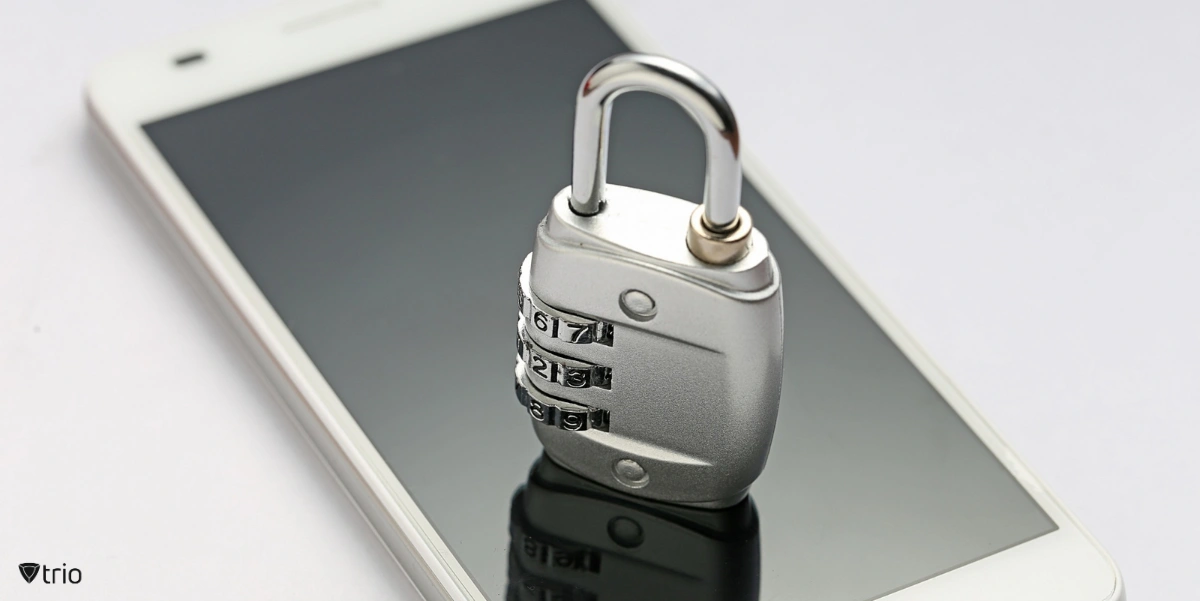
The Reasons Behind the Rising Importance of Remote Locking
The rising importance of device remote locking in Mobile Device Management (MDM) systems is driven by several key factors that enhance security, convenience, and operational efficiency for both property managers and IT administrators. Here’s a closer look at these compelling reasons:
Immediate Access Control: With remote locking, property managers can lock or unlock doors instantly from any location. This level of control is critical in emergencies or when immediate access changes are required, providing a swift response to security threats. The ability to manage multiple locks and pin codes through a single application, such as Trio MDM, streamlines the process, making it more efficient and less time-consuming.
Keyless Convenience and Integration: Smart locks, a popular form of remote locking, eliminate the need for physical keys, thereby reducing the risk of lost or copied keys. These systems offer integration with other smart devices, personalized codes for individual users, and the ability to automatically lock when the user leaves the premises, further enhancing security and user convenience. For organizations, this means an improved security posture with features like activity monitoring and personalized access that can be tailored to each employee’s role and access needs.
Enhanced Security Protocols: The adoption of smart key systems in smart locks provides additional layers of security by allowing property managers to monitor entry and exit, and grant temporary access to visitors without compromising overall security. This is particularly beneficial for businesses that require controlled access for contractors or temporary staff. By ensuring that the device has been remotely locked, administrators can maintain a secure environment while still offering flexible access options.
Real-time Alerts and Monitoring: Remote locking systems provide real-time alerts and activity logs, which are crucial for maintaining a secure and well-managed property. Property managers can receive instant notifications of any unauthorized access attempts, allowing for immediate action to be taken. With Trio MDM’s integration, administrators can have a comprehensive understanding of the security status of their devices, ensuring that each lock device remote action is logged and traceable.
Military-grade Encryption and Hardware: The security of remote locking systems is reinforced by the use of military-grade encryption and robust deadbolt hardware, providing a high level of protection against physical and digital threats. This ensures that sensitive corporate data remains secure, even in the event of device loss or theft.
Voice Assistant Compatibility: The integration of remote locking systems with voice assistants like Alexa or Google Home offers a hands-free control option, adding a layer of convenience for users. This feature is particularly useful for busy IT administrators who can manage security settings without interrupting their workflow.
Global Management Capabilities: Remote locking allows users to manage their locks from anywhere in the world. For organizations with a global presence, this means that IT administrators can ensure the security of devices across different locations, providing a consistent and reliable security strategy that adapts to the dynamic nature of modern business operations.
How Remote Locking Enhances Security and Data Protection
Remote locking capabilities within Mobile Device Management (MDM) systems serve as a critical line of defense in securing sensitive data and enhancing overall data protection strategies. Here’s how remote locking contributes to the security and protection of your organization’s data:
Immediate Response to Security Incidents
- When a device is lost or stolen, remote locking allows you to quickly secure the device, preventing unauthorized access to private information. This immediate response is essential in mitigating the risk of data breaches.
- Proactive measures, such as setting a strong password policy and enabling file encryption, work in tandem with remote locking to ensure that your sensitive data remains inaccessible in unwanted hands.
- Reactive measures like triggering a remote alarm or enabling lost mode can be employed to secure a device whose whereabouts are unknown.
Endpoint Security Enhancement
- Implementing endpoint security measures like multi-factor authentication and Endpoint Detection and Response (EDR) solutions can augment the efficacy of remote locking. These measures provide an additional layer of security, ensuring that even if a device is compromised, the data it contains is protected.
- Regular patching of software and the use of data loss prevention techniques are vital in defending against insider threats and enhancing the benefits of remote locking capabilities.
Compliance with Data Security Standards
- Remote locking is integral to meeting compliance requirements set by standards such as PCI DSS, which mandate explicit approval processes and authentication methods for BYOD devices accessing sensitive data. For instance, the University of Connecticut’s Mobile and Remote Device Security Policy stipulates that devices must enable remote wipe features to securely erase a lost or stolen device, thereby protecting the data it contains.
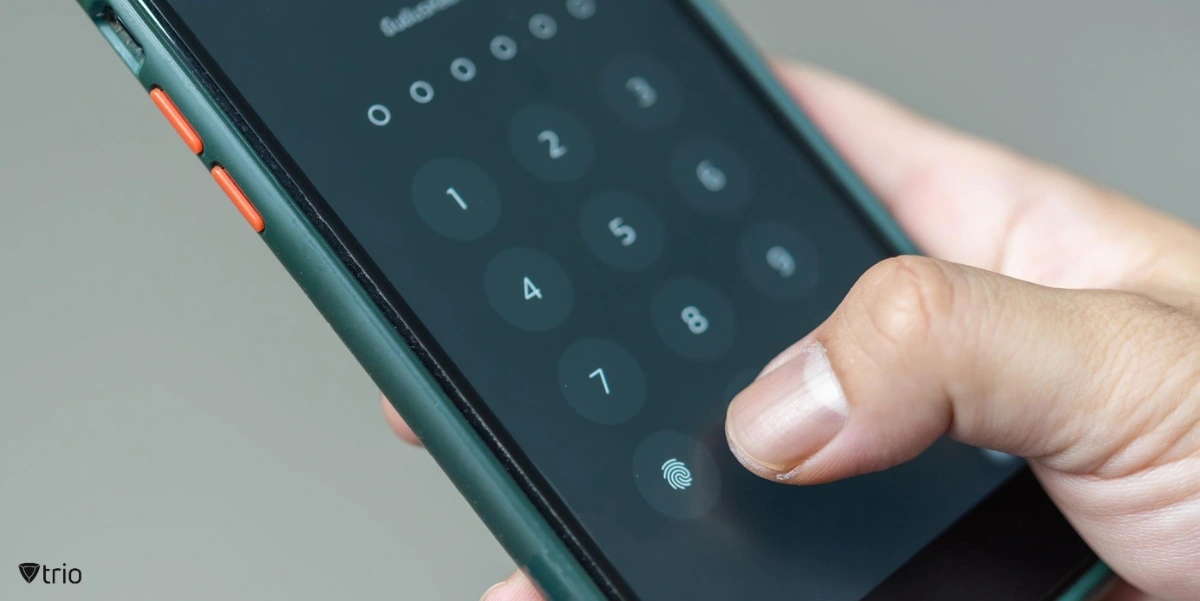
Device Remote Locking Security and Encryption
Incorporating robust security and encryption mechanisms is vital in Mobile Device Management (MDM), ensuring that your device remote locking is not just a barrier but a formidable defense against unauthorized access. Here’s how MDM empowers IT administrators and organizations to protect their mobile device fleet:
Encryption as the First Line of Defense
MDM solutions enforce full-disk encryption, transforming sensitive data into a code that can only be deciphered with a specific key, which means even if a device falls into the wrong hands, the information remains secure. This encryption is a critical component in protecting data stored on the device, making it inaccessible to unauthorized users.
Windows-based devices have built-in options like BitLocker encryption for Windows 10 or 11 Pro, Enterprise, or Education editions, which automatically activates for certain account types on supported devices. For devices not supporting BitLocker, Windows Device Encryption serves as an alternative, provided certain prerequisites are met.
Complex Passcodes and Remote Management
To prevent unwanted software installation and maintain patch management, MDM systems enforce complex passcode requirements. This ensures that even during a remote lock device action, the device remains secure against brute-force attempts to gain access.
Additionally, with Trio MDM, IT administrators can benefit from features like random password generation and automated password rotation, which enhance security by ensuring that passwords are not only complex but also changed regularly, reducing the risk of compromised credentials.
Secure Communication and Data Transmission
When sending sensitive data outside of the company network, it’s crucial to use encrypted communication tools. Secure email and messaging applications are necessary to protect information in transit. End-to-end encryption for email and general communication applications ensures that only the intended recipient can access the message content.
Remote desktop session data must also be protected to keep it confidential. Encryption is used to protect this data stream, with different levels of encryption available, such as 128 or 256-bit AES. The choice of encryption level reflects the algorithm used and the difficulty of breaking the encryption, with 256-bit AES offering a significantly higher number of possible key combinations, thus making it harder to compromise.
Device Remote Locking and Compliance
Ensuring compliance with data protection regulations and corporate policies is a crucial aspect of Mobile Device Management (MDM). In the context of device remote locking, compliance measures play a pivotal role in maintaining the security and integrity of your organization’s mobile devices. Here’s how remote locking aligns with compliance and how Trio MDM can benefit your organization:
Scheduled Remote Locking for Compliance
MDM solutions’ compliance policies allow for actions such as remotely locking a noncompliant device, and ensuring that devices not adhering to set standards are quickly secured.
IT administrators can schedule this locking to occur a certain number of days after a device is marked as noncompliant, providing a grace period for users to rectify the issue and maintain productivity without immediate disruption.
Cross-Platform Support
MDM Solutions’ remote locking feature supports a wide range of platforms, including Android, iOS, macOS, and Windows, ensuring that organizations with diverse device ecosystems can maintain consistent compliance across all their assets.
Trio MDM’s Role in Compliance
Trio MDM can integrate seamlessly with these platforms, offering a unified approach to managing and enforcing compliance policies across your organization’s entire mobile device fleet.
With Trio MDM, the process of enforcing compliance is streamlined. When a device has been remotely locked due to noncompliance, IT administrators can rely on Trio MDM’s tailored approach to manage the situation effectively.
Device Remote Locking Best Practices
To maintain the security and integrity of your organization’s mobile devices, it’s essential to implement best practices for device remote locking. Here are some guidelines to consider:
Initiate Remote Locking
Begin by accessing your MDM console, selecting the device in question, and initiating the lock device action. This will require the end user to enter a passcode to regain access, ensuring that only authorized personnel can use the device.
Regular Updates
Ensure all devices are regularly updated and patched, including operating systems, web browsers, and apps. This is critical for maintaining the security of your devices and should be a routine part of your cybersecurity protocol.
Safe Connectivity
Advise remote workers to avoid public Wi-Fi for accessing sensitive systems or data. Instead, encourage the use of a Virtual Private Network (VPN) or a personal hotspot to reduce the risk of data interception.
Multi-Factor Authentication
Implement multi-factor authentication to add an extra layer of security, significantly reducing the chances of unauthorized access even if login credentials are compromised.
Privilege Limitation
Limit the privileges of remote workers to the minimum necessary for their role. This helps to mitigate security risks by reducing the potential impact of a compromised account.
Cybersecurity Training
Develop and conduct regular employee cybersecurity training sessions. Inform your team about the latest security dangers, phishing scams, and the best practices for avoiding them.
Cybersecurity Policy
Create a comprehensive cybersecurity policy specifically for remote workers. This should include guidelines for secure remote work and protocols for remotely wiping devices if they are lost or stolen.
Remote Access Solutions
Use remote computer access, VPNs, or direct application access based on your organization’s specific needs and resources. Regularly update and patch these remote access systems to ensure ongoing security.
Activity Monitoring
Implement continuous remote access activity monitoring. This allows you to detect unusual behavior and potential security lapses, enabling a swift response to any threats.
Physical Security Reminders
Regularly remind remote workers to secure their physical workspaces and devices when not in use. This simple step can prevent unauthorized access and protect sensitive information.
Device Remote Locking Deployment and Implementation
Deploying and implementing device remote locking within your Mobile Device Management (MDM) strategy is a multi-faceted process that ensures the security and compliance of your mobile device fleet. To effectively integrate this essential feature, consider the following steps tailored to various operating systems and organizational needs:
System Compatibility and Integration
- Ensure your MDM software is compatible with the operating systems in use within your organization, such as Android, iOS, macOS, Windows, and ChromeOS.
- Verify that the MDM meets system requirements and supports integration with directory services like Azure AD, Okta, G Suite, and SAML-based generic IdPs for seamless user authentication and management.
Device and App Management
- Create groups within your MDM to manage devices efficiently, associating specific profiles and apps to these groups for streamlined administration.
- Build an app repository and associate necessary apps to groups and devices, regularly checking the app deployment status to ensure all devices have the required tools for secure operations.
Security Command Execution
- Familiarize yourself with the MDM’s security management capabilities, which include a range of remote commands such as remote lock, scan now, and complete wipe, among others.
- Utilize OS-specific details provided by the MDM for executing security commands accurately. For example, the process to lock a device remotely may vary between Android and iOS devices.
To summarize, the deployment and implementation of device remote locking in MDM involve:
- Verifying system compatibility and integration capabilities.
- Efficiently managing devices and apps through grouping and monitoring.
- Executing security commands based on OS-specific guidelines.
- Integrating Trio MDM for a customized and robust security approach.
Conclusion: Implement Device Remote Locking Using MDM
Through the comprehensive exploration of device remote locking and its integration with Mobile Device Management systems like Trio MDM, it’s clear that the security of mobile devices is an imperative aspect that organizations cannot afford to overlook. The adaptive capabilities of Trio MDM, addressing the specific needs of IT administrators and organizations, illustrate its significant role in enhancing operational efficiency and compliance. Ensuring that your devices are remotely locked with a solution like Trio MDM provides a reinforced safeguard against potential security breaches, solidifying your data protection strategy.
In an era where mobile devices are an extension of the corporate network, the implementation of a tailored management system is not just a mere recommendation but a necessity for maintaining business continuity and security. Consider the value that a streamlined remote locking solution brings to the table in mitigating risks and promoting resilience against threats. To experience firsthand the merits of such an advanced system, try out Trio’s free demo and see how you can make a difference in managing remote devices at your organization.
